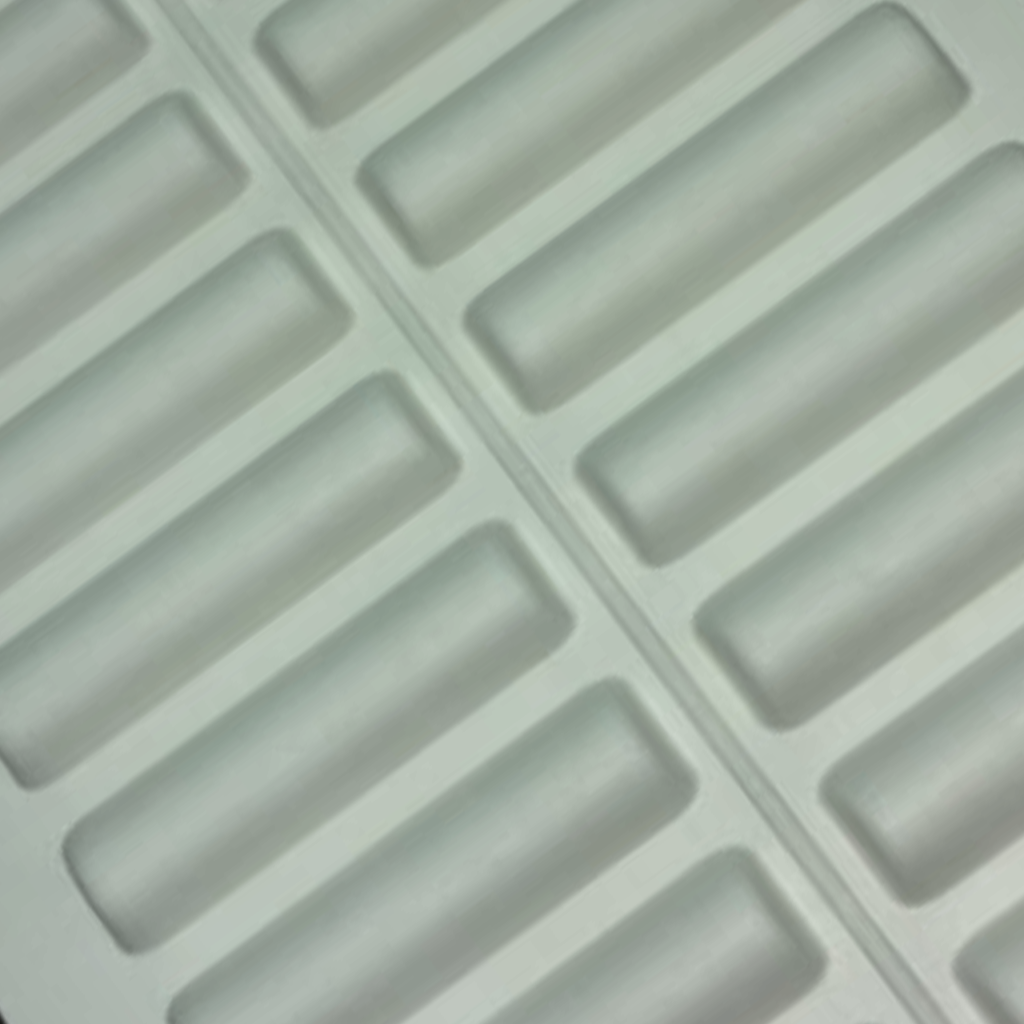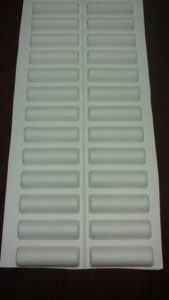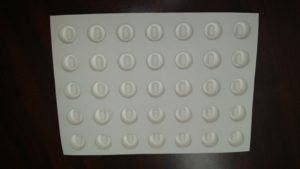
THE CHALLENGE: Just after WW II, the Brown Tree Snake made its way to the island of Guam. Since that time, this venomous reptile has off-set the islands’ eco-system killing all of the native birds that once called Guam their home. The snakes currently out number humans, 10-1. The snakes have taken over and now the U.S. government is taking the offense by seeking assistance from other agencies to eradicate the snakes.

THE SOLUTION: One of the companies that have been issued to assist the U.S. government is Applied Design Corporation. They have designed a capsule made out of type 3 pulp that will house bait. This application is in the shape of a bullet with an endcap attached which is also derived from pulp. These capsules are shot out of a magazine from the air. The tail helps to parachute the bait down and get stuck in the trees. This is important so the bait will affect the snakes and not animals that live on the ground. In addition, Guam has many remote areas that can not be reached by foot so combating from the air is highly effective. The snakes, being nocturnal hunters are in the trees and will eat the bait and subsequently, strategically suppress the Brown Tree Snake. Working closely with the USDA APHIS Wildlife service, it is the ultimate goal to be able to re-introduce the birds that are native to Guam back to their natural habitat.
THE RESULT: Applied Design Corporation has a patented design for this project. They are working with MPE, Molded Pulp Engineering to manufacture the molded pulp part which is derived from bamboo and bagasse virgin natural fibers. The application went through extensive testing in a confined area of the island and has since been approved and successful to move forward with the project over the next year. The engineering and thoughtful procedure will be ridding most of the snakes that currently inhabit Guam. It was important to work with MPE to develop the proper capsule design and finish which allows the bait capsule to fire from the aircraft and deploy the end cap which allows the bait to whirly-bird down to tree level.

Also, the capsule had to be biodegradable and compostable in order not to pollute the island with litter. The molded pulp container will not threaten the environment.
It is 100% biodegradable and compostable. Once the bait is taken, it is a matter of approximately 30 days until the container has decomposed. Through all parties diligence, this is a win, win for Guam.
